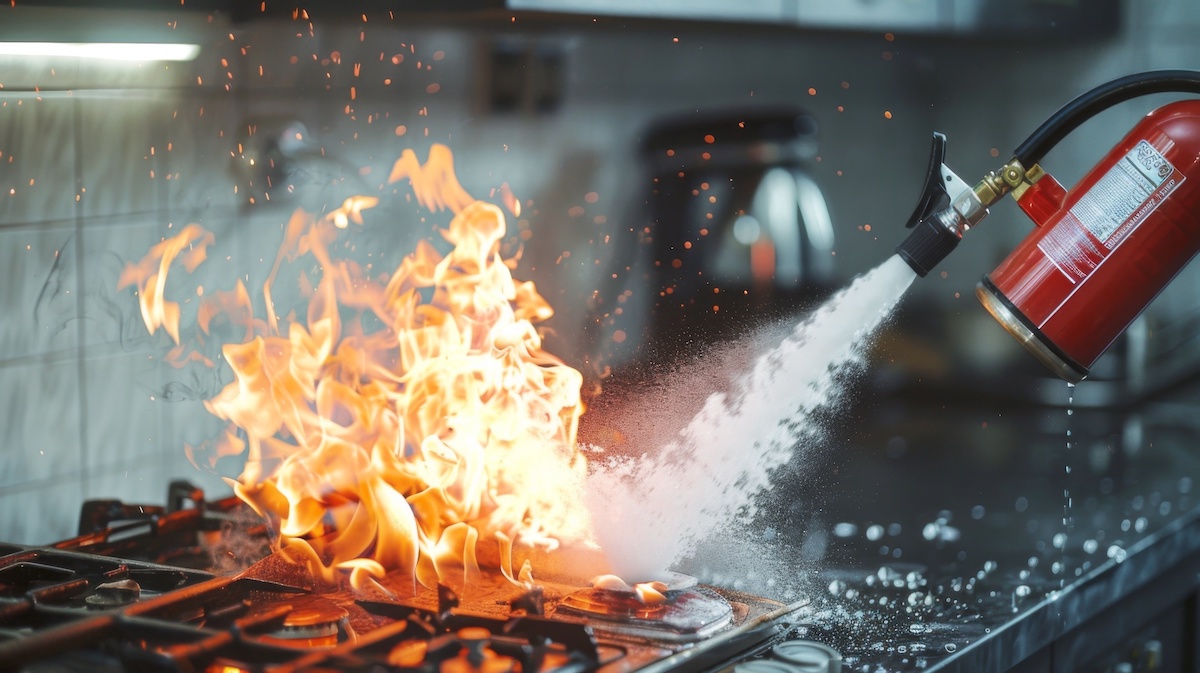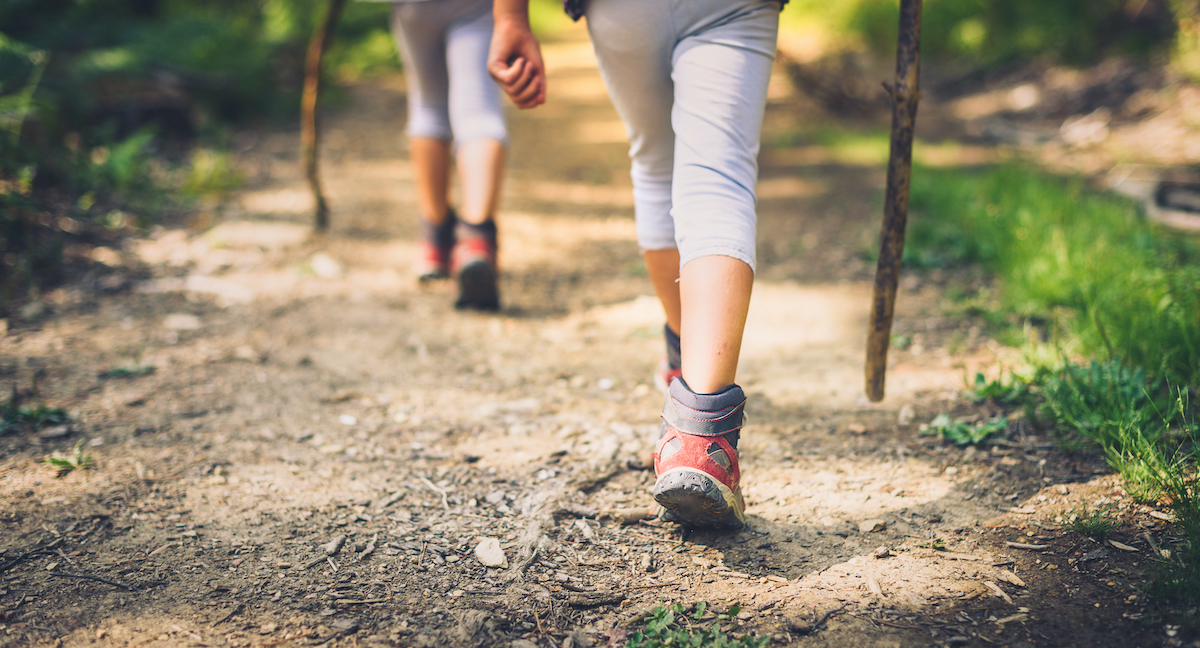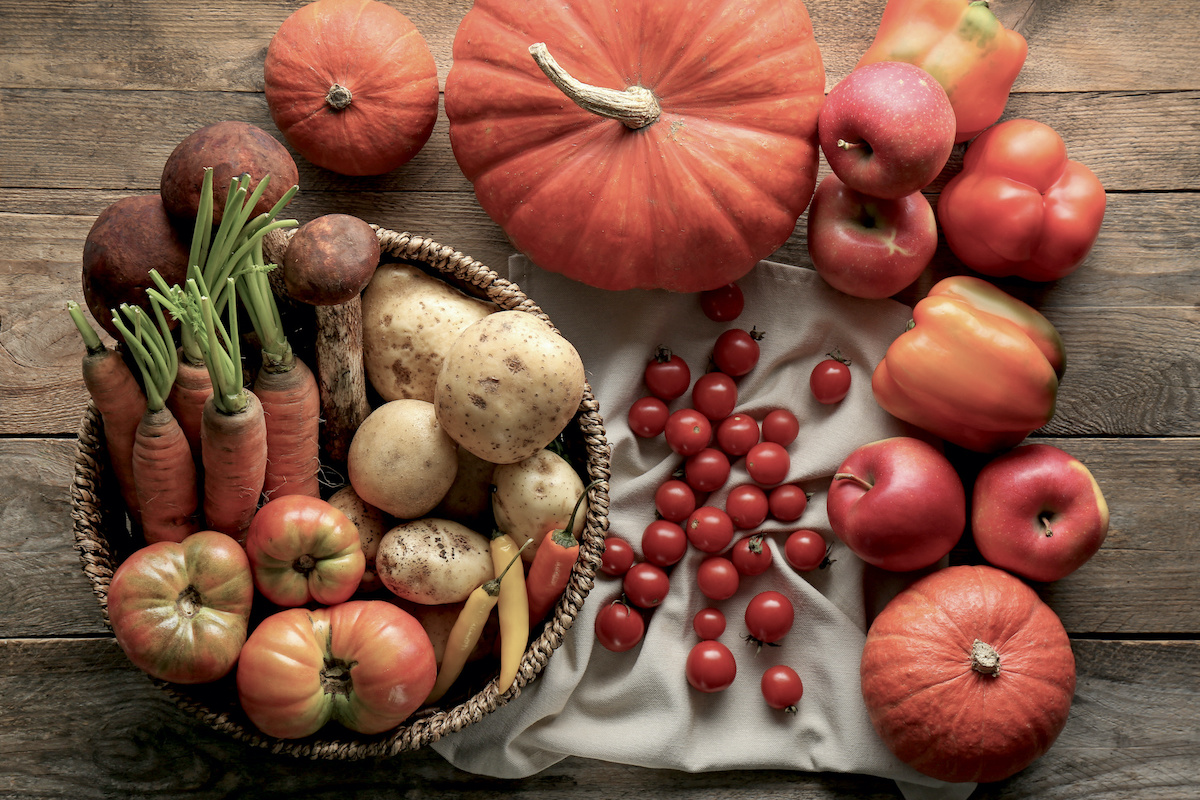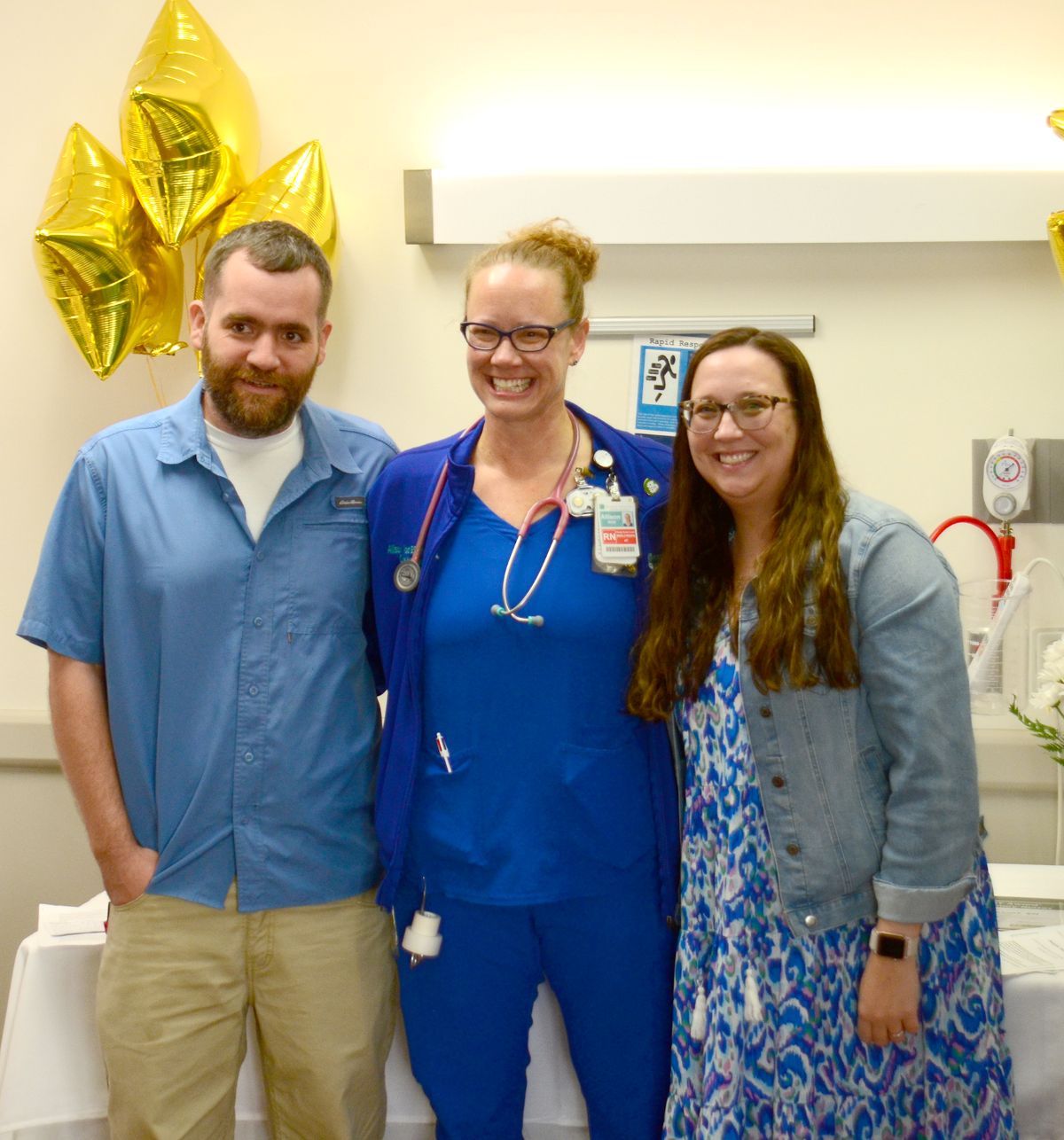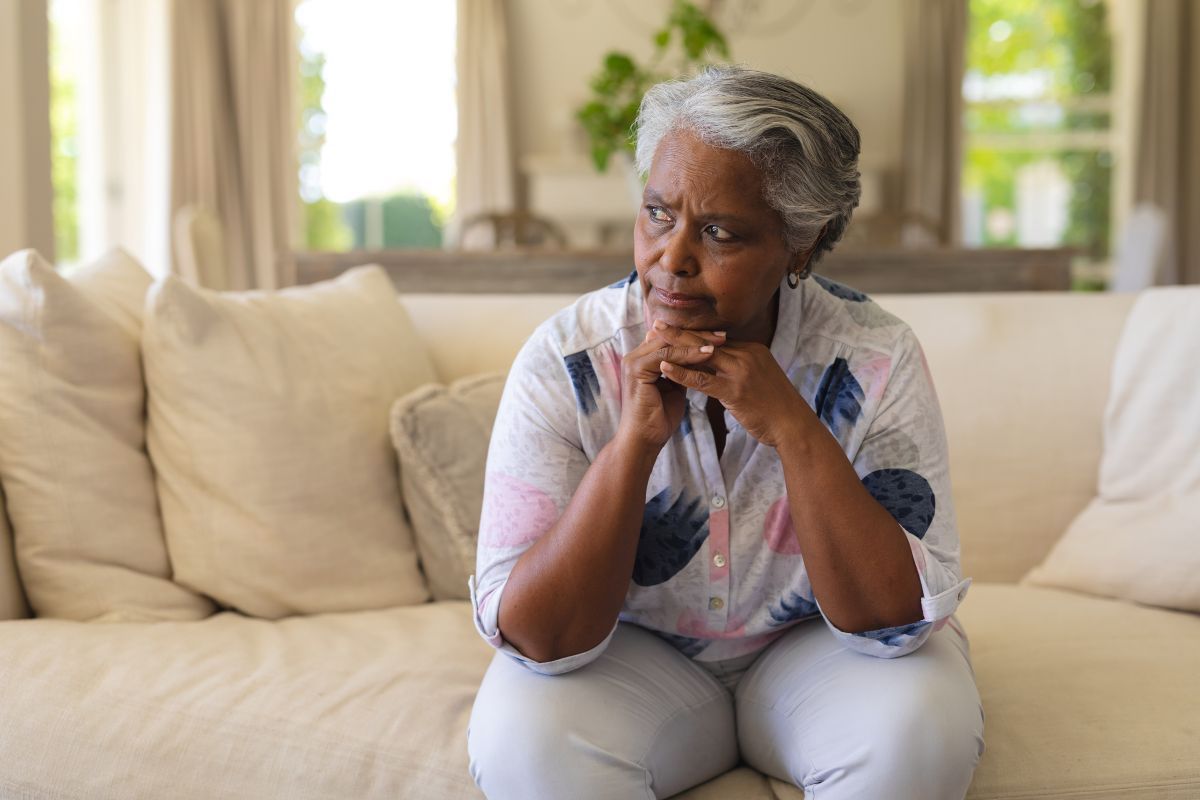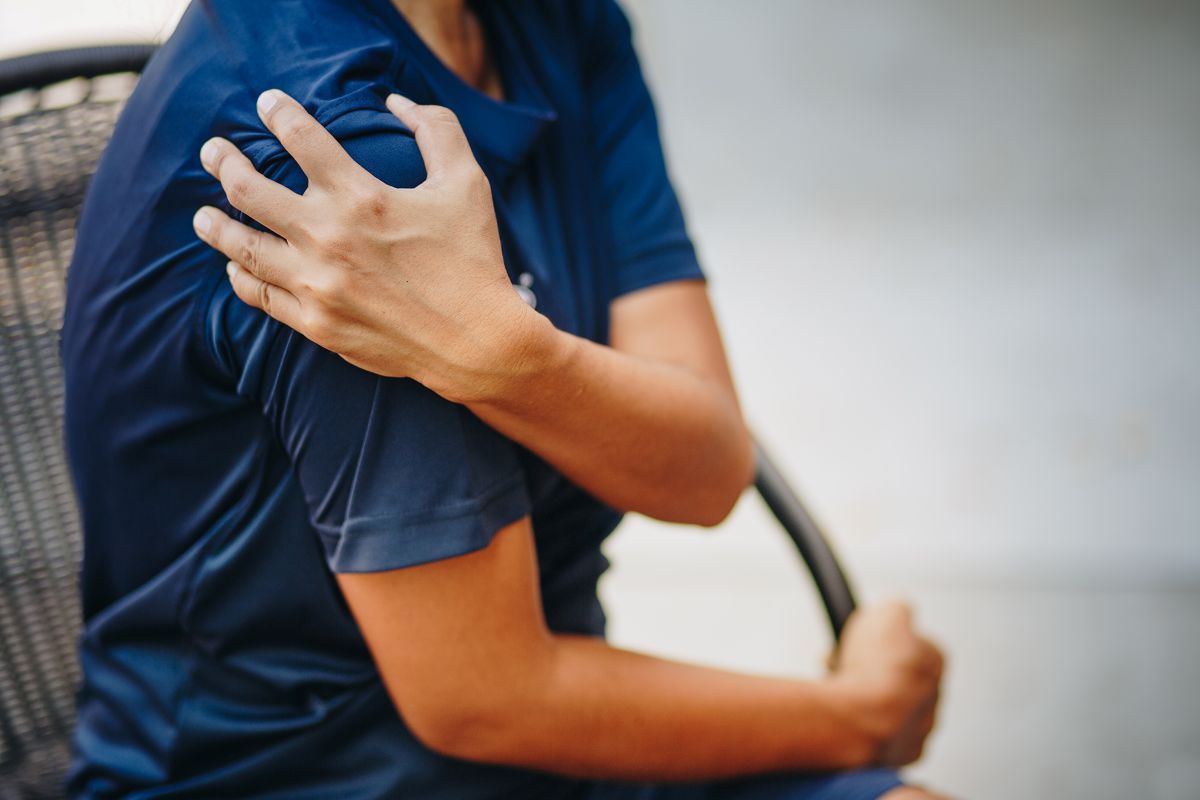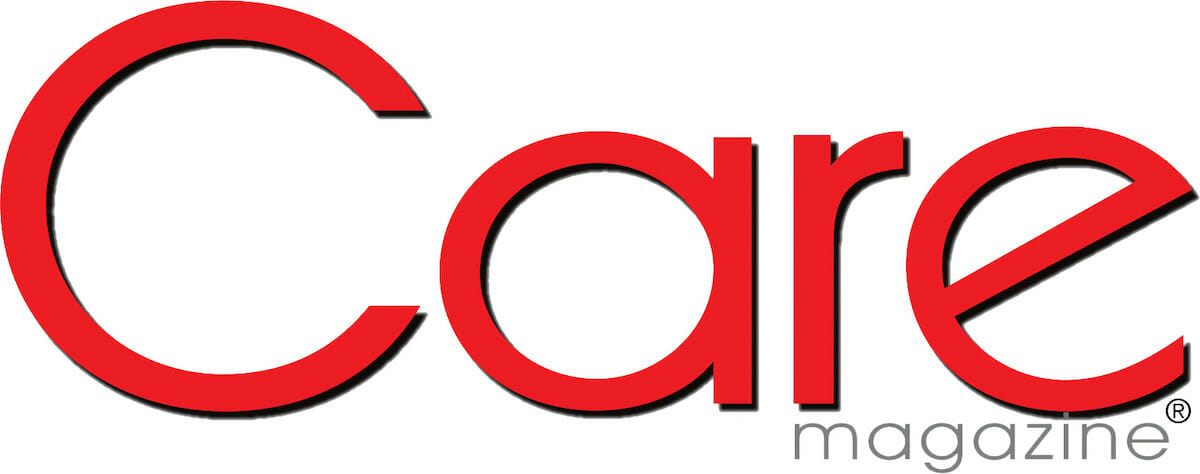
Accidental burns can happen just about anywhere in your home, and they’re not always caused by fire. You might get burned by spilling coffee in your lap, touching a hot iron, or misusing certain cleaning products. It’s especially important to be aware of the situation during this upcoming holiday season, when more people may be in the kitchen and a crowd can cause confusion leading to a burn accident.
Burns are skin or tissue damage, usually caused by heat. Burns can be caused by hot objects or liquid, fire, friction, the sun, electricity, or certain chemicals.
Each year, about a half-million people nationwide seek medical attention for burns. Household burns lead to nearly 7 of 10 admissions to burn centers. The good news is that the number of deaths from severe burns has dropped by more than half over the past 4 decades, in large part because of treatments developed through NIH-funded research.
The severity of a burn depends on the area it covers and how deep the damage goes. First-degree burns affect only the thin top layer of skin. Second-degree burns include the thick lower layer of skin. A third-degree burn is the most serious; it penetrates the entire thickness of the skin, permanently destroying it and the tissue that’s underneath.
You can care for most minor burns at home. If the burn is red and painful with mild swelling or little blistering, then it’s a first-degree or minor second-degree burn.
See a doctor if the burn is dark red and looks glossy with a lot of blistering. These are signs of a deep second-degree burn. Get immediate treatment if the burned skin is dry and leathery, perhaps with white, brown, or black patches. These are signs of third-degree burn.
Burns can become infected with bacteria or other germs if protective layers of skin are lost. Burns can also lead to painful inflammation, as your immune system shifts into gear.
Emergency treatment for third-degree and some second-degree burns may include a blood transfusion and/or extra fluids to help maintain blood pressure. Grafting—placing healthy skin on top of the burn wound—might help promote new skin growth.
You can take steps to avoid household burns.
- Never leave cooking food unattended on the stove. Turn pot handles away from the stove’s edge.
- Use long oven mitts when removing things from your oven or stove.
- Use care opening hot food items that are tightly sealed like microwaved food or pre-wrapped convenience meals.
- Prevent scalds from hot liquids like soups or beverages by keeping them far from the edge of a table or counter.
- Keep children at least 3 feet away from stoves, grills, campfires, firepits and fireplaces.
- Unplug objects like an iron or hair styling device when not in use, and make sure they cannot be pulled down or knocked over.
- Keep appliance cords out of the reach of children.
- Set your water heater’s thermostat to 120 °F or lower to prevent scalding burns.
- Wear sunblock.
- Be careful using chemicals, as some can cause burns.
- Set your water heater’s thermostat to 120 °F or lower to prevent scalding burns.
- Install smoke alarms on every floor of your home.
Keep yourself and your family safe from unexpected burn injuries.
First Aid for Burns
For minor burns:
- Immerse in fresh, cool water,
or apply cool compresses for 10-15 minutes. - Dry the area with a clean cloth. Cover with sterile gauze or a non-adhesive bandage.
- Don’t apply ointments or butter; these may cause infection.
- Don’t break blisters.
- Over-the-counter pain medications may help reduce inflammation and pain.
Call emergency services (911) if:
- burns cover a large area of the body.
- burns affect the entire thickness of skin.
- the victim is an infant, or elderly.
- the burn was caused by electricity, which can lead to “invisible” burns.
How to put out a kitchen fire: When a fire starts in the kitchen, you need to act fast to keep the fire from getting out of control. But how you act depends on what kind of fire you have and where it is. Follow these instructions for putting out kitchen fires:
- Pour on baking soda. Baking soda will extinguish grease fires, but only if they’re small.
- If you have a fire in the oven or the microwave, close the door or keep it closed, and turn off the oven. Don’t open the door! The lack of oxygen will suffocate the flames.
- If your oven continues to smoke like a fire is still going on in there, call the fire department.
- If you have a fire in a cooking pan, use an oven mitt to clap on a metal lid, (glass lids may shatter) then move the pan off the burner, and turn off the stove. The lack of oxygen will stop the flames in a pot.
- If you can’t safely put the lid on a flaming pan or you don’t have a lid for the pan, use your fire extinguisher. Aim at the base of the fire—not the flames.
- Never use water to put out grease fires. Water repels grease and can spread the fire by splattering the grease. Instead, try one of these methods:
- If the fire is small, cover the pan with a lid and turn off the burner.
- Throw lots of baking soda or salt on it. Never use flour, which can explode or make the fire worse.
- Smother the fire with a wet towel or other large wet cloth.
- Use a fire extinguisher.
- Don’t swat at a fire with a towel, apron, or other clothing. You’re likely to fan the flames and spread the fire.
If the fire is spreading and you can’t control it, get everyone out of the house and call 911! Make sure everybody in your family knows how to get out of the house safely in case of a fire. Practice your fire escape route.
Sources: http://newsinhealth.nih.gov/; https://www.defender.com.tr/blog/how-to-extinguish-kitchen-fire/; https://www.mayoclinic.org/first-aid/first-aid-burns/basics/art-20056649


